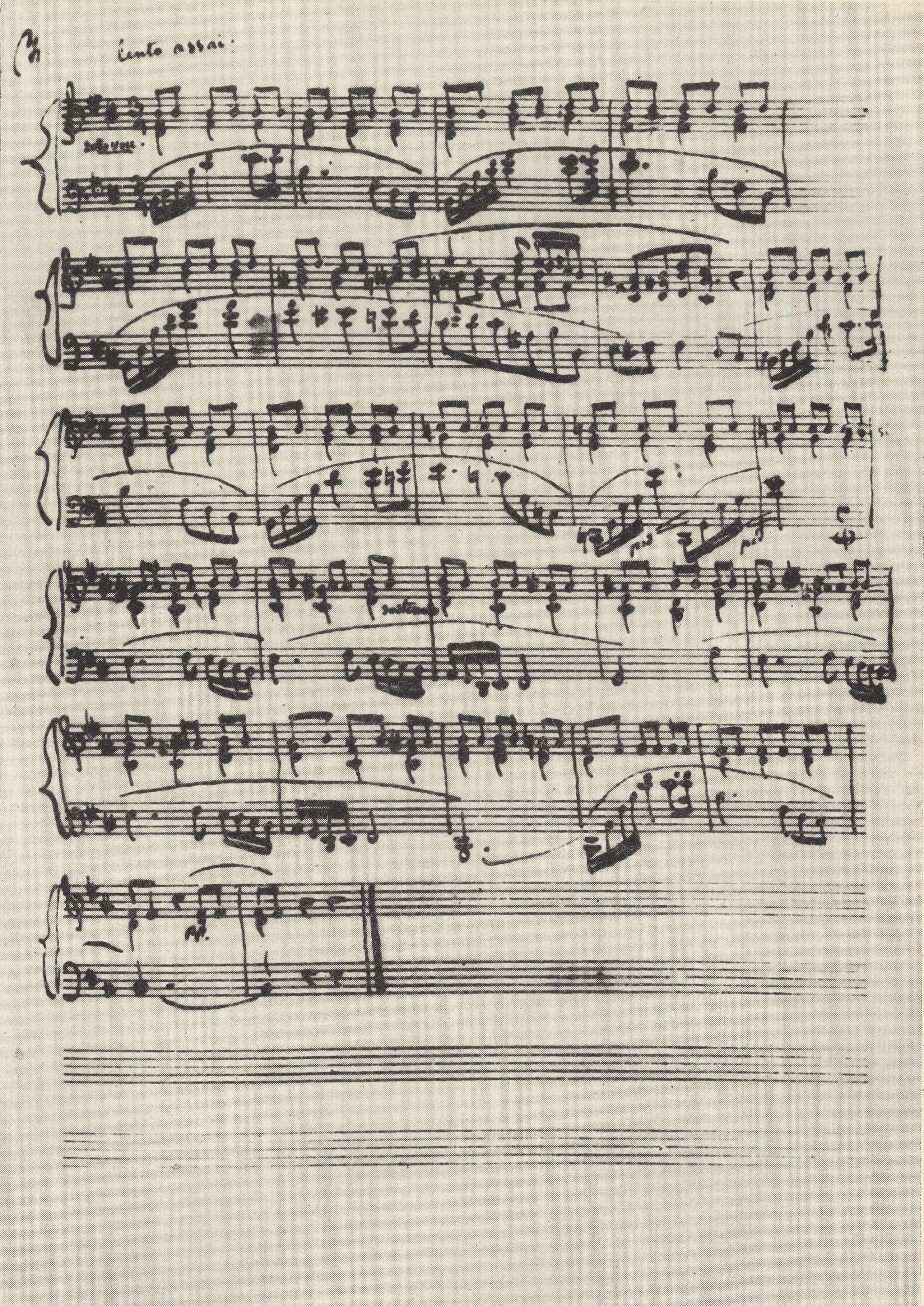



It is difficult to decipher the fingering of FES. In b. 9 under the d1 crotchet, there are two digits, one above the other, while the bottom one, '1', seems to be crossed out. Therefore, one could assume that the 'one', written first, was crossed out and replaced with a 'two'. However, according to us, such an interpretation is wrong – had the 'one' been written first, it would have been placed higher, closer to the note. Consequently, the apparent crossing-out is most probably a curved line indicating the change of fingers, as was the case with b. 1. In b. 10 the 1st digit could be interpreted as a '4', which, however, would be completely unjustified – cf. the fingering in the same source in analog. b. 2. A more accurate analysis of the entry reveals that it is most probably an awkwardly written '3', which results in a full compliance both with the entry in FEJ and the fingering in b. 2.
Compare the passage in the sources »
category imprint: Graphic ambiguousness; Differences between sources; Editorial revisions; Source & stylistic information
issues: Annotations in teaching copies, EE revisions, Differences in fingering, Annotations in FES, Annotations in FEJ
notation: Fingering






